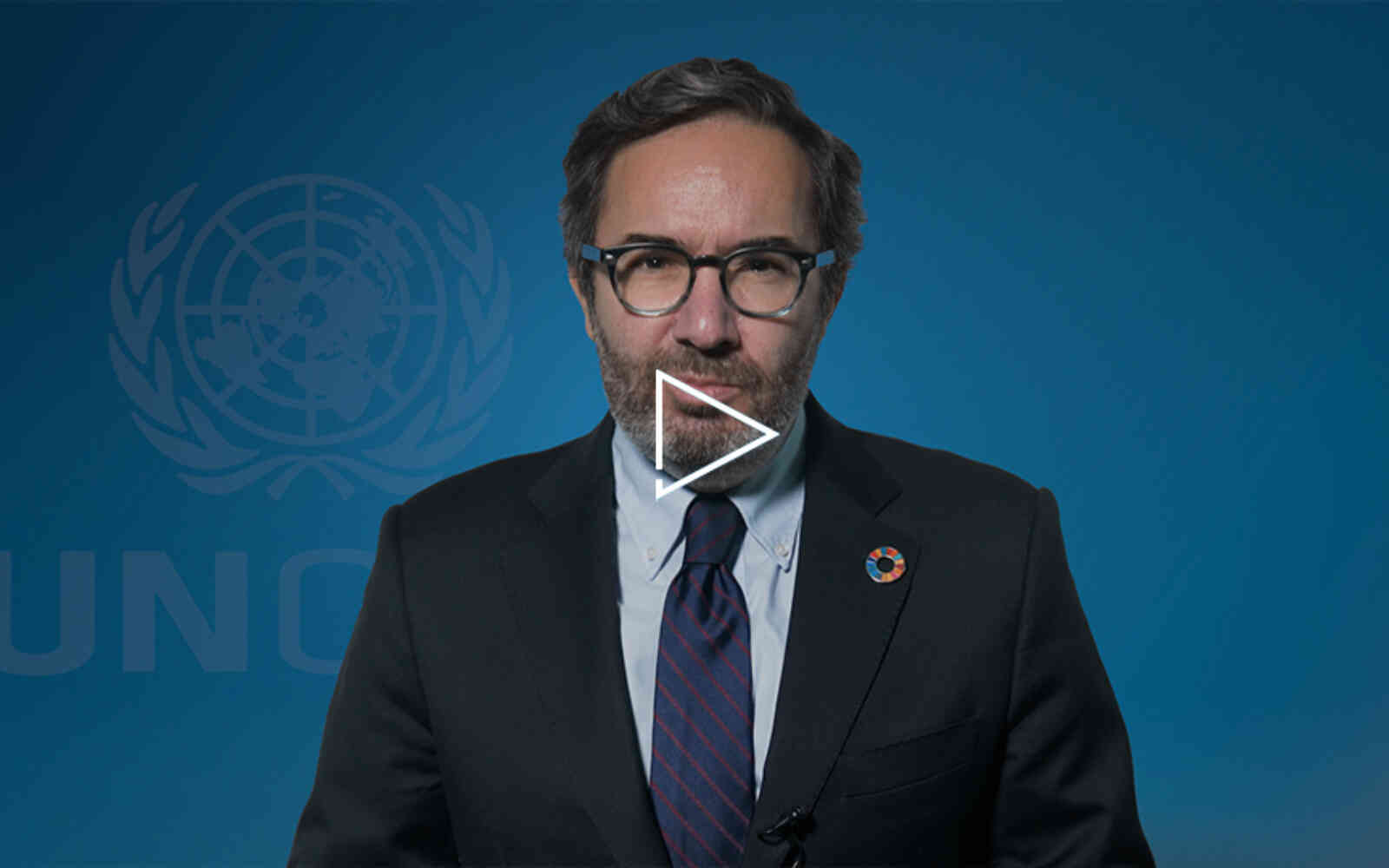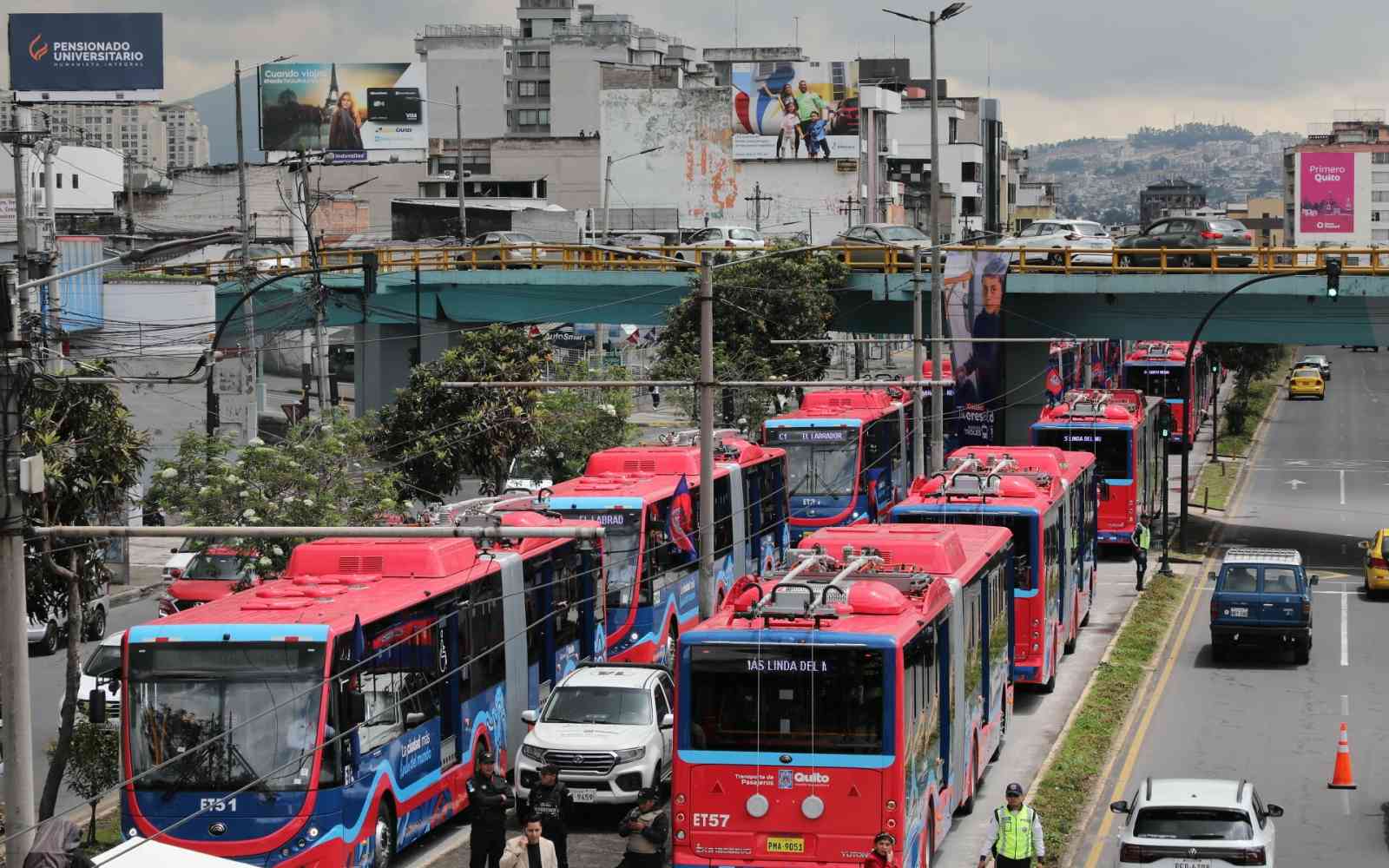The United Nations Office for Project Services (UNOPS)
HABITAT III: High-level Roundtable
Remarks by Grete Faremo, Under Secretary General and Executive Director of UNOPS, at HABITAT III: High level Roundtable – ‘Ecological, Climate Change Resilient, Disaster-responsive Cities’, 18 October 2016
[Check against delivery]
Excellencies, distinguished delegates, ladies and gentlemen
Last year, earthquakes, floods, heatwaves and landslides affected more than 98 million people around the world. Twenty-two million people died as a result of these disasters. $65 billion in economic damage was reported.
And this is nothing compared to the predictions of human and economic cost of future climate-related events predicted for the coming decades, such as flooding of coastal cities and increasing intensity and frequency of storms.
Now more than ever, we need to change the way we build.
But first, we need to change our understanding of the underlying importance of resilience planning for development.
There were 346 reported disasters in 2015. Yet, the international community spent a mere 0.4 percent of its official development assistance on disaster preparedness in 2014.
We made a commitment in Paris last year to reduce carbon emissions to help stem the increase of future catastrophes.
But we also have commitments to prepare for disasters already inevitable.
Focusing solely on reducing risks is not going to be enough to protect lives in regions and countries that are more at risk.
Greater efforts need to be made to build resilience – in essence, to help communities prepare in such a way that they will quickly recover from inevitable disasters, rather than requiring a concerted international assistance to recover.
In short, this means less deaths and injuries, and fewer collapsed buildings and roads.
Some of this is obvious: sturdy buildings and solid levees protect people.
Setting minimum standards for schools, hospitals and other essential public buildings, and building basic protective structures against the sea, ensuring back-up systems for electricity and communications—all of this could dramatically reduce casualty figures and economic damage.
But the reality is that billions of people around the world live without these measures in place.
They even lack basic amenities.
Only a few days ago, we saw how the tropical storm Matthew wreaked havoc and killed more than a thousand people in Haiti. This is wrong. It is also unnecessary. There is no reason that a child in Haiti shouldn't have the same safe home and school building as children in richer countries.
We must bridge development and humanitarian efforts – well-planned development can minimize the extent of humanitarian responses.
While building resilience takes investment, it is nonsense to believe that resilience is a luxury only the rich can afford.
The price of resilience is always lower than the prices of reconstruction.
The ability to withstand shocks in our social and physical infrastructure has always been a smart investment.
We need an integrated, systems-approach to infrastructure development that protects the vulnerable in the face of an uncertain future.
UNOPS has more than 20 years of experience in developing resilient infrastructure. We bring together community and public sector engagement, in areas including resilient cities and urban environments.
Through our role as co-chair of the International Recovery Platform we help countries "build-back-better" and be more resilient to shocks and stresses such as cyclones, floods and earthquakes.
Now more than ever, this is an essential investment.
Thank you.











